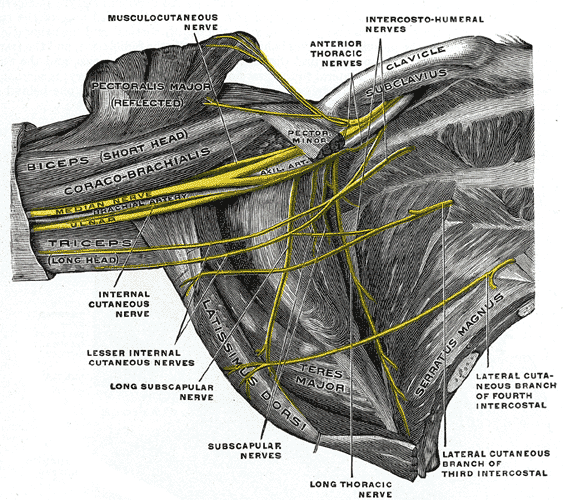Foot Anatomy and Function | पाद | pāda
The Human’s Foot Anatomy Consciously, the foot might be the most forgotten part of the human body. At least in my life, my feet are pretty abused, especially when I spent nine months in Paris or 6 months in India. But it’s okay; your foot’s anatomy is designed to take a beating. Being one of the few bi-ped … Read more


